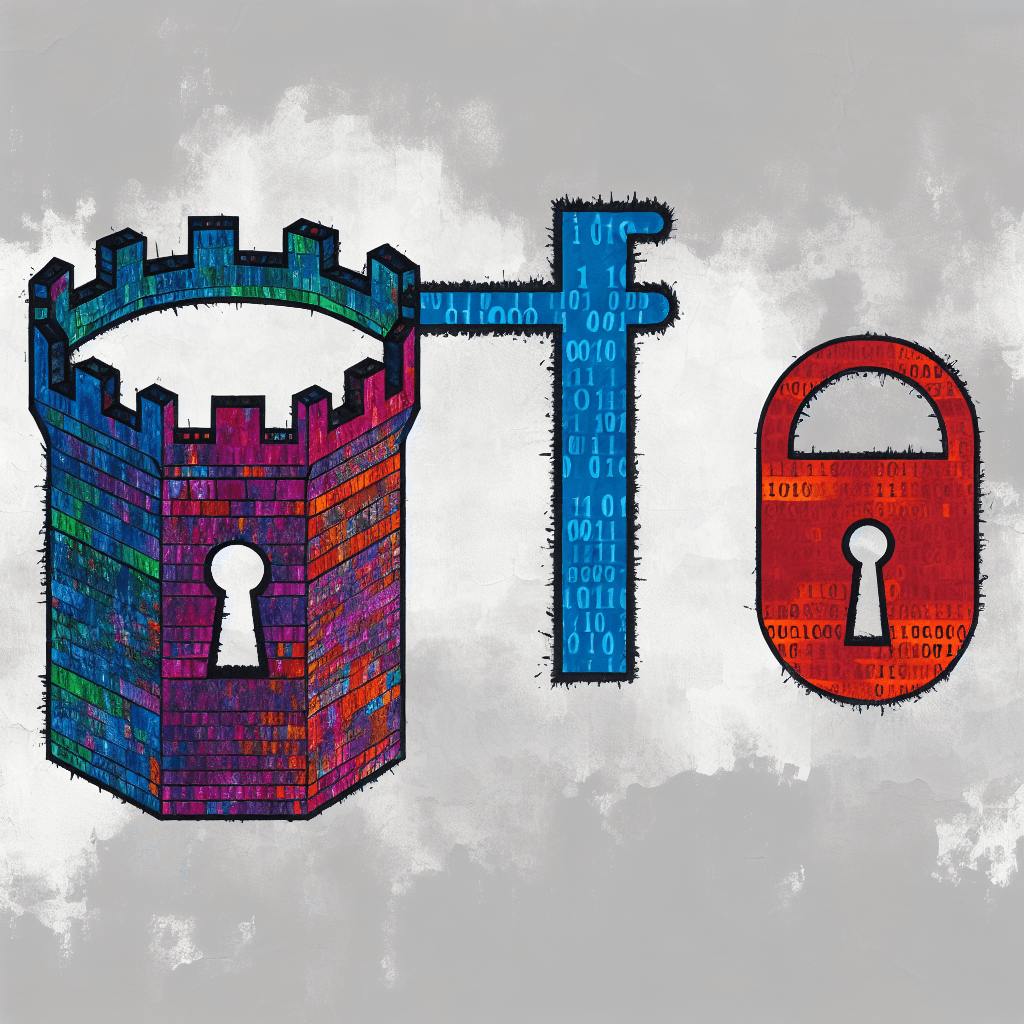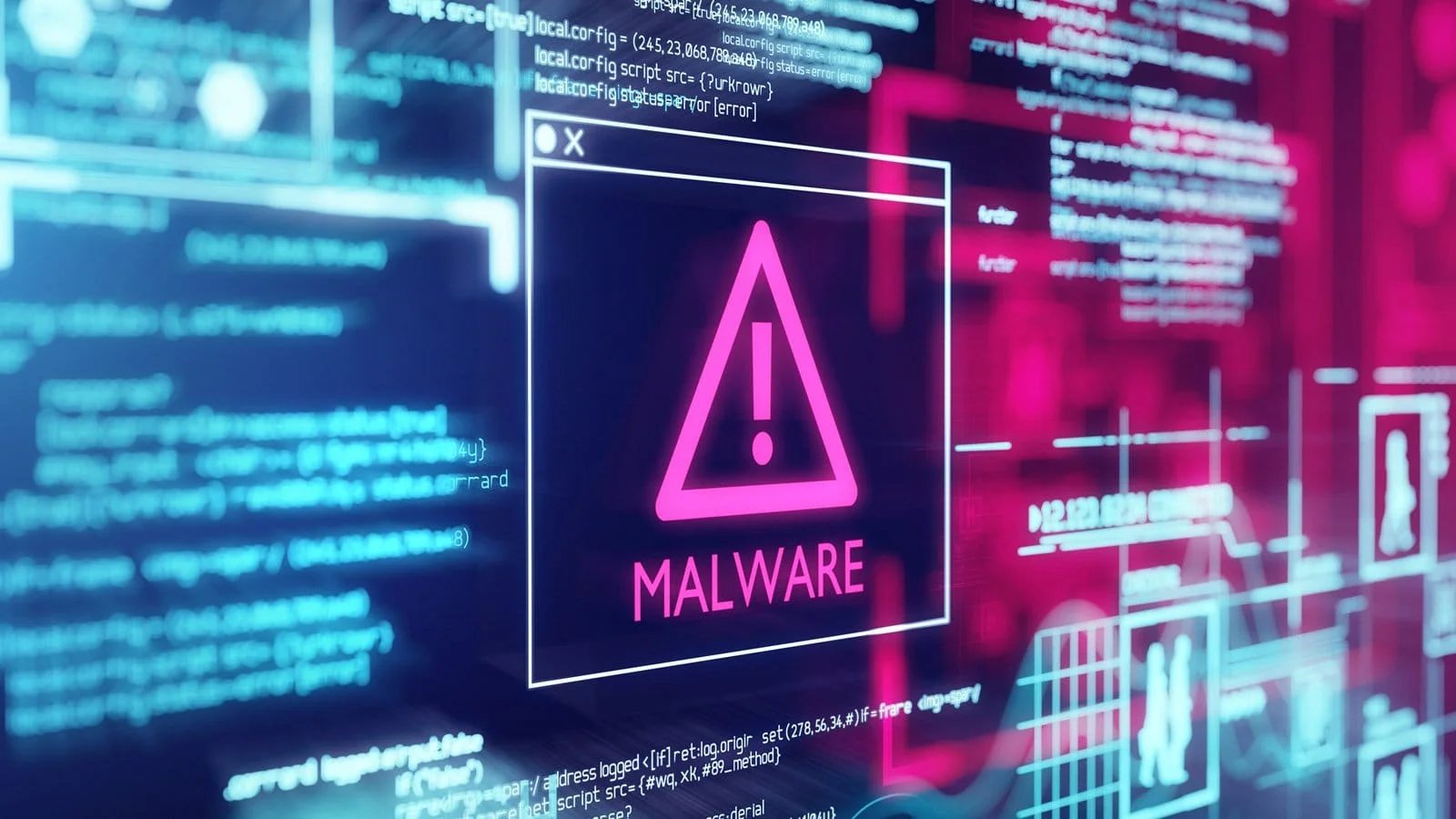In the dimly lit command center of a tech startup, the air buzzed with tension. Screens illuminated the faces of cybersecurity analysts staring intently, tracking persistent lines of code that danced across their interfaces like a choreographed ballet. Here, the team confronted the nebulous specters known as Highly Evasive Adaptive Threats. These threats evolve, shapeshifting to escape detection while slipping silently through defenses. The sophistication of these adversaries seems to grow daily, often outsmarting even the most advanced security measures.
Highly Evasive Adaptive Threats are no mere digital nuisances. They represent a paradigm shift in cybersecurity, forcing seasoned professionals and beginners alike to rethink their approaches. Researchers estimate that 70% of cyber incidents stem from these adaptive threats, highlighting the need for organizations to get ahead of the curve. A proactive approach becomes essential; strategy must outpace adaptation.
Personal experience teaches that awareness is the foundation. Knowing not just the “how” but the “why” behind these threats opens pathways to thwart them. For instance, a team at a major retailer discovered a data breach only after 50 million customer records had been compromised. An opportunistic malware worm had infiltrated their systems, exploiting gaps seen only in hindsight. Awareness alone cannot prevent these intrusions, but it can sharpen the senses of every team member, from the CEO down to the interns.
Strategies to Outsmart and Outmaneuver
For a CISO navigating this treacherous landscape, wisdom and strategy go hand-in-hand. After watching countless organizations struggle with these adaptive threats, the most effective strategies emerge from collaboration and technology harnessed effectively.
First, consider the necessity of threat intelligence sharing. Organizations should not remain isolated fortresses. A vibrant network offers insights into real-time threats others are experiencing. When one organization reports an aggressive malware variant, others can shore up defenses without waiting for a formal alert. Joining threat intelligence communities allows a collective fortification against shared enemies. Over time, this kinship fosters a richer understanding of evolving tactics.
Second, prioritize adaptive detection methods. Traditional security solutions often rely on identifiable signatures or predictable patterns. These threats, however, flout those conventions. Machine learning algorithms analyze behaviors rather than rigid patterns, capturing anomalies as they unfold. They flag the unusual—an odd hour of network use or a large data transfer that deviates from the norm. When a healthcare provider integrated an advanced anomaly detection system, they curtailed a sophisticated spear-phishing attack just hours into the infiltration process.
Their swift reaction prevented leaks of sensitive patient data.
Last, incorporate a strong culture of cybersecurity awareness across the organization. This must extend beyond IT to every department. Regular training sessions engage employees in the risks they might face, turning them from passive bystanders into active sentinels. A well-prepared workforce becomes the frontline defense, capable of recognizing phishing attempts or social engineering tactics. A financial services firm witnessed a 50% reduction in successful phishing attacks after implementing company-wide training initiatives. Employees became informed reinforcements against the adaptable threats lurking beyond their digital walls.
A Mindset Shift: Resilience Over Reaction
Navigating the world of Highly Evasive Adaptive Threats demands more than solutions; it requires a mindset. The adaptability that these threats showcase should inspire an ethos of resilience within cybersecurity teams. Rather than solely focusing on building impenetrable walls, the goal should shift toward creating flexible, responsive strategies.
This transformation starts at the top with leadership. A proactive stance encourages teams to test their defenses routinely. Simulated attacks or penetration testing reveal vulnerabilities no one might recognize otherwise. The ethos fosters continual improvement rather than a reactionary response post-attack.
Here lies another critical lesson: the understanding that breaches are part of a cybersecurity journey. As organizations encounter attacks, they must treat each incident as a learning opportunity. Emphasizing adaptation, organizations can weave lessons learned into their strategic fabric. The CEOs I have spoken to often sigh with relief when they embrace this truth. When the inevitabilities of breaches become normalized, the fear decreases, and innovation can flourish.
By promoting resilience, organizations can outmaneuver evasive threats before they strike. Constructing systems that adapt and evolve becomes the new frontier in cybersecurity, leading to an anticipatory rather than reactive approach.
Navigating the realm of Highly Evasive Adaptive Threats reveals a complex web of challenges. Yet, organizations equipped with awareness, collaboration, adaptive technology, and a resilient mindset can outsmart and outmaneuver even the most cunning adversaries. This proactive strategy fundamentally forms the cornerstone of a sustainable cybersecurity framework. Organizations should not merely defend against the shadows; they must learn to anticipate them, turning the tables on the various cloaked adversaries that threaten their digital existence.
Beware: The Shadows Are Always Adapting
Success in cybersecurity comes from principles, not copy-paste playbooks—adapt with intent and evidence.
Highly Evasive Adaptive Threats (HEAT) attacks exploit web-based vulnerabilities, bypassing traditional security defenses. (passcurity.com)
Here are some key takeaways:
Organizations must implement continuous threat intelligence sharing with industry peers to stay ahead of emerging adaptive threats. Adopt advanced machine learning algorithms for anomaly detection to identify unusual behavior in real time. Regularly conduct cybersecurity awareness training for all employees to transform them into vigilant, proactive defenders. Create a culture of resilience that encourages routine testing and embraces learning from breaches to enhance security measures.
The material risks to businesses center around the potential for significant data breaches, reputational damage, and financial loss due to Highly Evasive Adaptive Threats. These threats exploit defenses through stealthy, innovative tactics like social engineering and malware, making traditional security measures ineffective. Without proactive strategies and an informed workforce, organizations risk devastating impacts on customer trust and operational continuity.
In the journey toward Building Resilience in the Age of Digital Transformation, organizations must adopt a forward-thinking approach. Fostering a culture of continuous learning and flexibility not only fortifies defenses but also positions businesses to thrive amidst the uncertainties of a digital landscape.
From the Author
As attacks grow, adopt collective defense as normal practice, not exception.
Learn Something New
Stay informed on practical security skills: Google Cybersecurity Certification.
#Outsmarting #Highly #Evasive #Adaptive #Threats #Strategies #Work
I like to write abou: Evasive Adaptive Threats, Threat Intelligence Sharing, Adaptive Detection Methods, Cybersecurity Awareness Training, Resilient Defense Strategies
I strive to share stories like this one to inspire and inform my readers. If you enjoyed this piece, I encourage you to explore more in the Information and Communication Technology (ICT) or Space and Astronomy.
Looking for additional insights? Don’t miss the Cybersecurity section for more expert thoughts.






